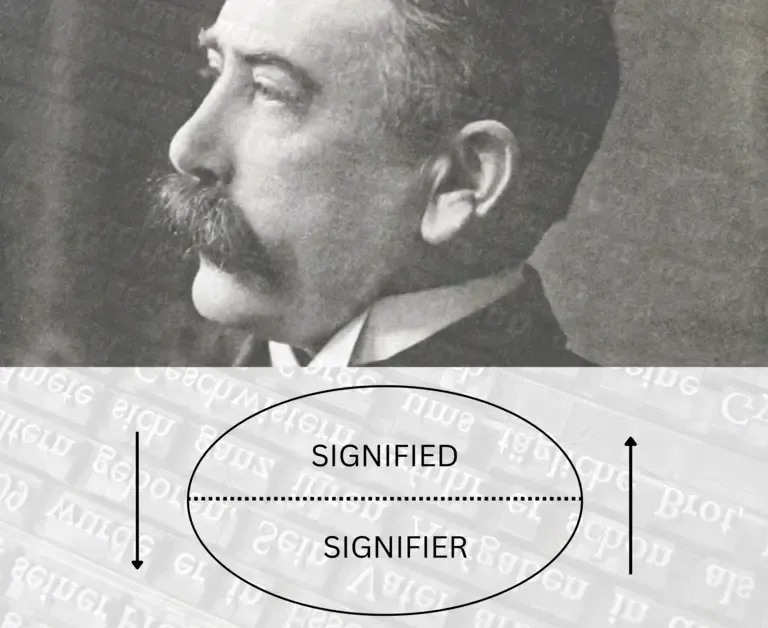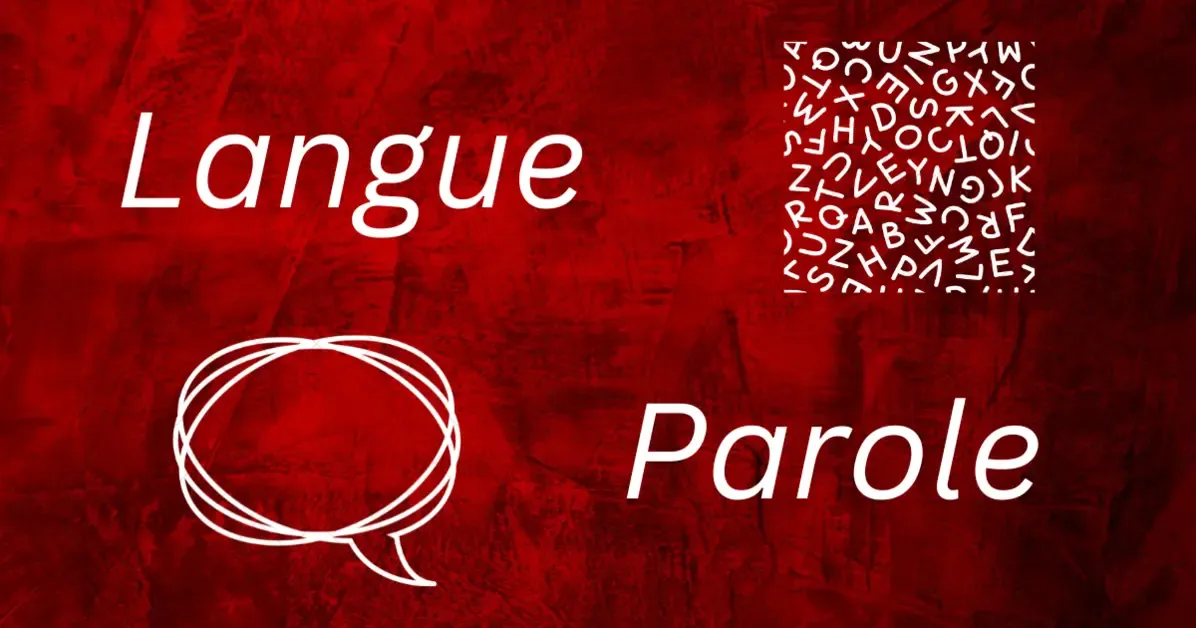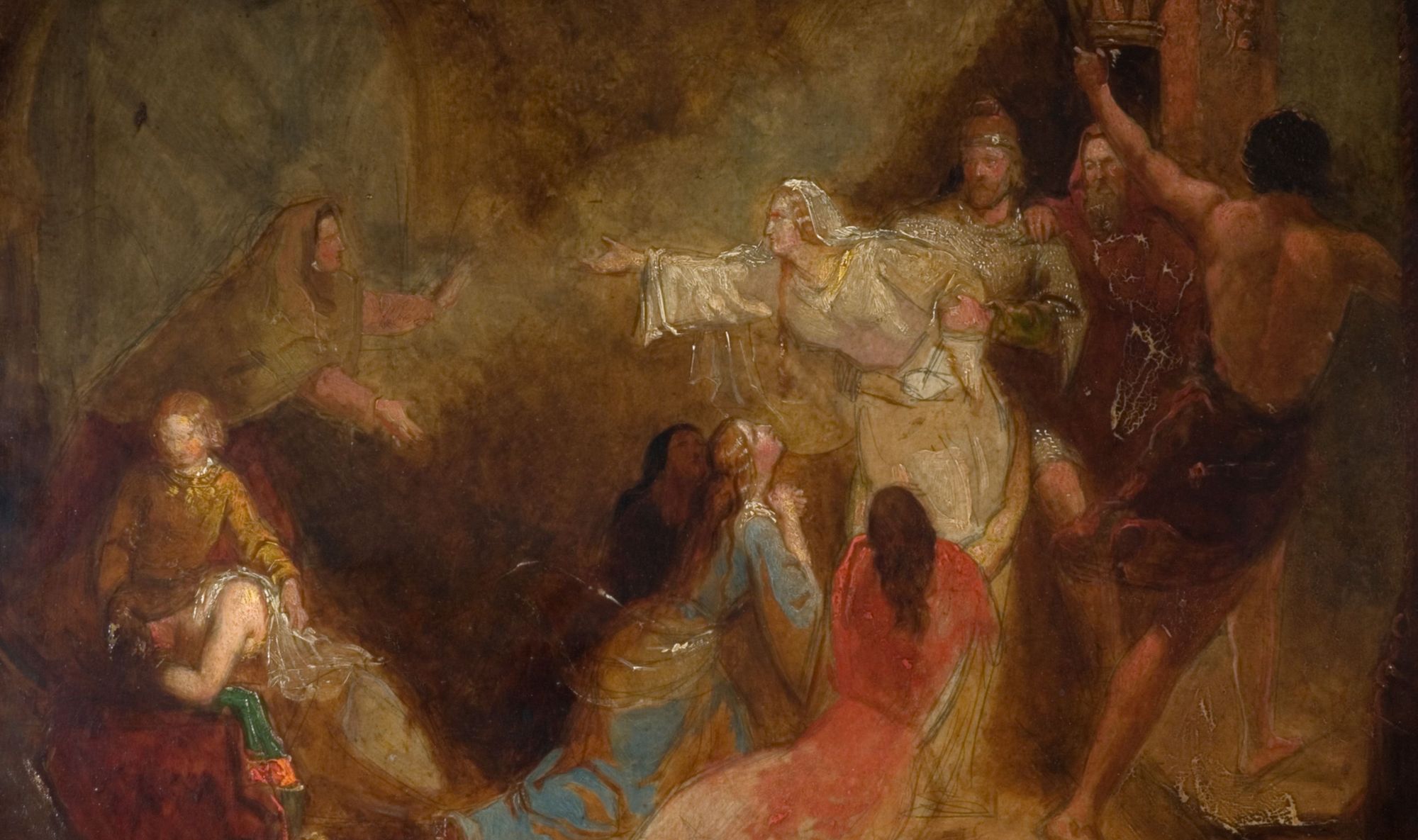What is Villanelle?

Villanelle or Villanesque is a verse form in English poetry. To understand this verse form better, let us assess the poem 'Do Not Go Gentle into That Good Night' by Dylan Thomas.
Do Not Go Gentle into That Good Night
Do not go gentle into that good night,
Old age should burn and rave at close of day;
Rage, rage against the dying of the light.
Though wise men at their end know dark is right,
Because their words had forked no lightning they
Do not go gentle into that good night.
Good men, the last wave by, crying how bright
Their frail deeds might have danced in a green bay,
Rage, rage against the dying of the light.
Wild men who caught and sang the sun in flight,
And learn, too late, they grieve it on its way,
Do not go gentle into that good night.
Grave men, near death, who see with blinding sight
Blind eyes could blaze like meteors and be gay,
Rage, rage against the dying of the light.
And you, my father, there on the sad height,
Curse, bless, me now with your fierce tears, I pray.
Do not go gentle into that good night.
Rage, rage against the dying of the light.
If we read this poem carefully, we can conclude the following:
a) It has 19 lines and six stanzas. Out of these six stanzas, first five comprise of three lines, and the sixth stanza constitutes of four lines.
b) The first line of the first stanza i.e. "Do not go gentle into that good night," becomes the concluding line of the second and third stanza.
c) The last line of the first stanza i.e. "Rage, rage against the dying of the light" is repeated in the third and fifth stanzas.
d) Interestingly, the first and the last lines of the first stanza form the last two lines of the sixth stanza.
e) The rhyming scheme of the poem is aba.
The poem assessed above is the most popular villanelle of modern times and exhibits all its significant characteristics. The major characteristics of a villanelle are:
- Consists of nineteen lines.
- Has 6 stanzas, with first five stanzas consisting of 3 lines (tercets)and the last stanza with four lines (quatrain).
- The rhyming scheme of a villanelle is aba
- The first line of the first stanza becomes the last lines of the second and the fourth stanzas
- The last line of the opening stanza becomes the last line of the third and the fifth stanzas
- The first and the last lines of the first stanza become the last two lines of the concluding stanza.
History of Villanelle poem
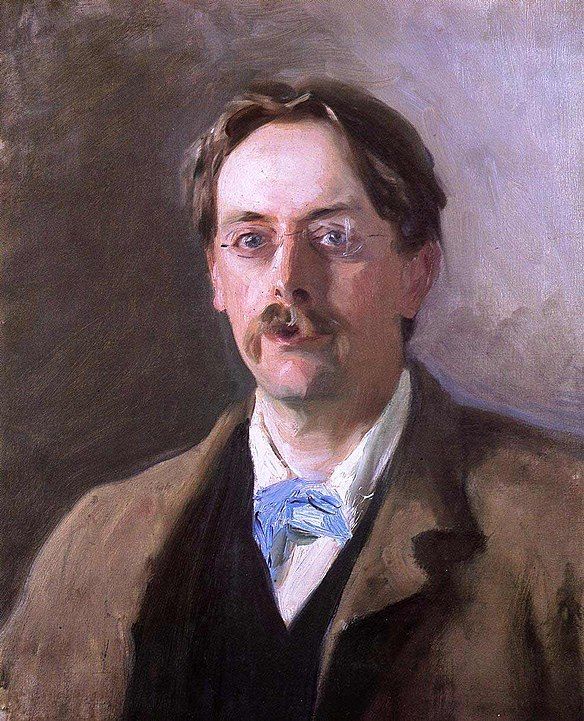
The villanelle form of poetry originated from a countryside song. The term villanelle is speculated to have originated either from the Italian term villano which means "peasant", or the Latin term villa which means a "house" or a "country house". Villanelle poems first emerged in France with pastoral themes. The very first Villanelle was 'J'ai perdu ma tourterelle' composed by the French poet Jean Passerat in 1606. However, the verse form was not implemented in English literature until late 19th century. It was in the 1870s that the French verse forms began to be admired. This was inevitably followed by several poets of that time attempting to compose villanelle. The very first villanelle poem in English was composed by a british translator, literary critic and poet Edmund Gosse (1849-1928). Gosse composed many verses in French forms such as sestine and villanelle. In his 1877 essay “A Plea for Certain Exotic Forms of Verse” for Cornhill Magazine, Gosse emphasised upon their importance and wrote that
"I shall consider the six most important of the poetic creations of old France, the [57] rondel, the rondeau, the triolet, the villanelle, the ballade, and the chant royal. These six poems, with the sonnet, form a group which comprises in the earliest and latest literature of France a large proportion of what is most precious, most lyrical, and most witty in the national verse. Each has a fixed form, regulated by traditional laws, and each depends upon richness of rhyme and delicate workmanship for its successful exercise. The first three are habitually used for joyous or gay thought, and lie most within the province of jeu-d'esprit and epigram; the last three are usually wedded to serious or stately expression, and almost demand a vein of pathos."
Which was the first Villanelle composed in English?
The very first Villanelle in English was composed by Sir Edmund William Gosse. The poem is given below:
WOULDST thou not be content to die
When low-hung fruit is hardly clinging,
And golden Autumn passes by?
Beneath this delicate rose-gray sky,
While sunset bells are faintly ringing,
Wouldst thou not be content to die?
For wintry webs of mist on high
Out of the muffled earth are springing,
And golden Autumn passes by.
O now when pleasures fade and fly,
And Hope her southward flight is winging,
Wouldst thou not be content to die?
Lest Winter come, with wailing cry
His cruel icy bondage bringing,
When golden Autumn hath passed by.
And thou, with many a tear and sigh,
While life her wasted hands is wringing,
Shalt pray in vain for leave to die
When golden Autumn hath passed by.
Gosse was accompanied by poets like William Ernest Henley, Henry Austin Dobson, Edwin Arlington Robinson, and Oscar Wilde who wrote very initial Villanelles.
Villanelle as an English verse form
Since the time it was first introduced in English literature, Villanelle continues to be popular among the greatest of poets. One of the striking characteristics of Villanelle is the impossibility of narration. A villanelle cannot tell a story and only contributes to figurative development. There is no scope of a linear developments of events and they often keep going around in a circle. Villanelle is one of the best verse forms to express recurrent moods, emotions and memories at the deepest, most impactful level.
Unlike other rhymed poems, villanelle repeats one sound thirteen times, and another sound six times. Additionally, the first and the third lines of a villanelle poem are repeated four times. Thus, in a villanelle, you cannot establish or conduct a conversation. Instead, the poem becomes almost like a song and leans towards lyric poetry. This also makes Villanelle one of the most impactful verse forms to express loss.
As the lines are repeated and the circularity of the stanzas is revealed , the reader reads the poem that refuses to move forward and eventually dissolves.
Examples of Villanelles
Below is an exhaustive list for examples of villanelles with their poets.
Theocritus -A Villanelle by Oscar Wilde
1881
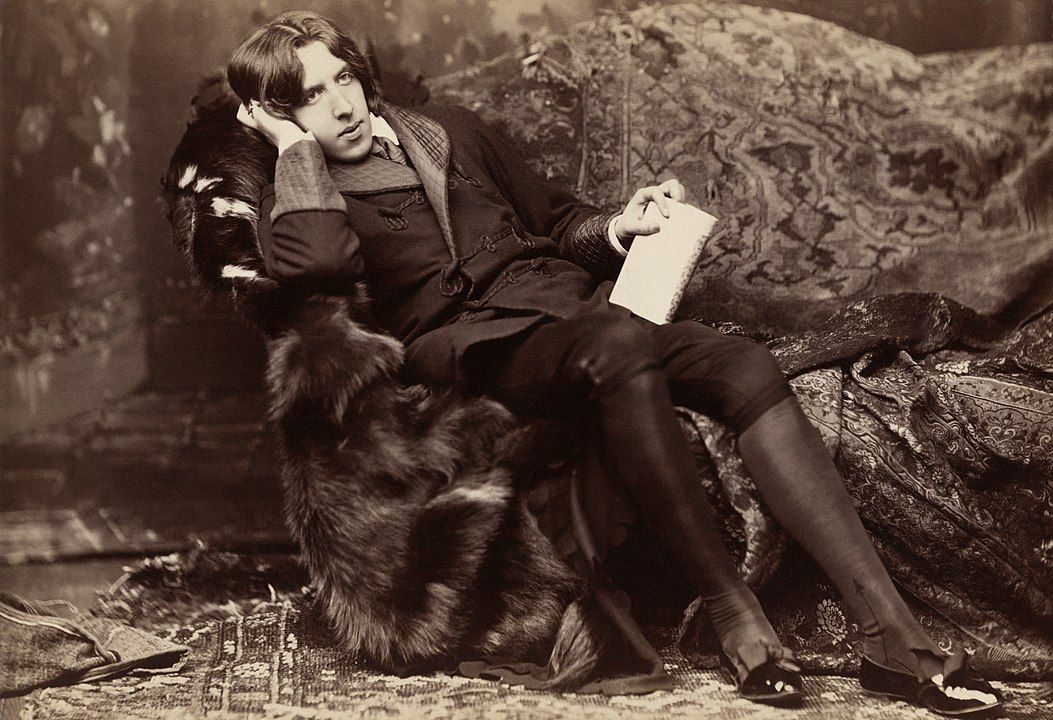
O singer of Persephone!
In the dim meadows desolate
Dost thou remember Sicily?
Still through the ivy flits the bee
Where Amaryllis lies in state;
O Singer of Persephone!
Simaetha calls on Hecate
And hears the wild dogs at the gate;
Dost thou remember Sicily?
Still by the light and laughing sea
Poor Polypheme bemoans his fate;
O Singer of Persephone!
And still in boyish rivalry
Young Daphnis challenges his mate;
Dost thou remember Sicily?
Slim Lacon keeps a goat for thee,
For thee the jocund shepherds wait;
O Singer of Persephone!
Dost thou remember Sicily?
The House on the Hill by Edwin Arlington Robinson
1896
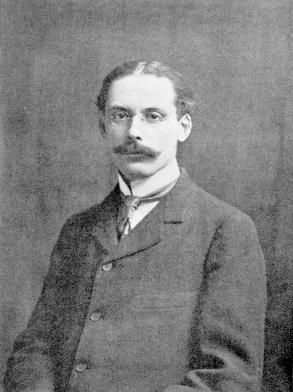
They are all gone away,
The House is shut and still,
There is nothing more to say.
Through broken walls and gray
The winds blow bleak and shrill:
They are all gone away.
Nor is there one to-day
To speak them good or ill:
There is nothing more to say.
Why is it then we stray
Around the sunken sill?
They are all gone away,
And our poor fancy-play
For them is wasted skill:
There is nothing more to say.
There is ruin and decay
In the House on the Hill:
They are all gone away,
There is nothing more to say.
One Art by Elizabeth Bishop
1976
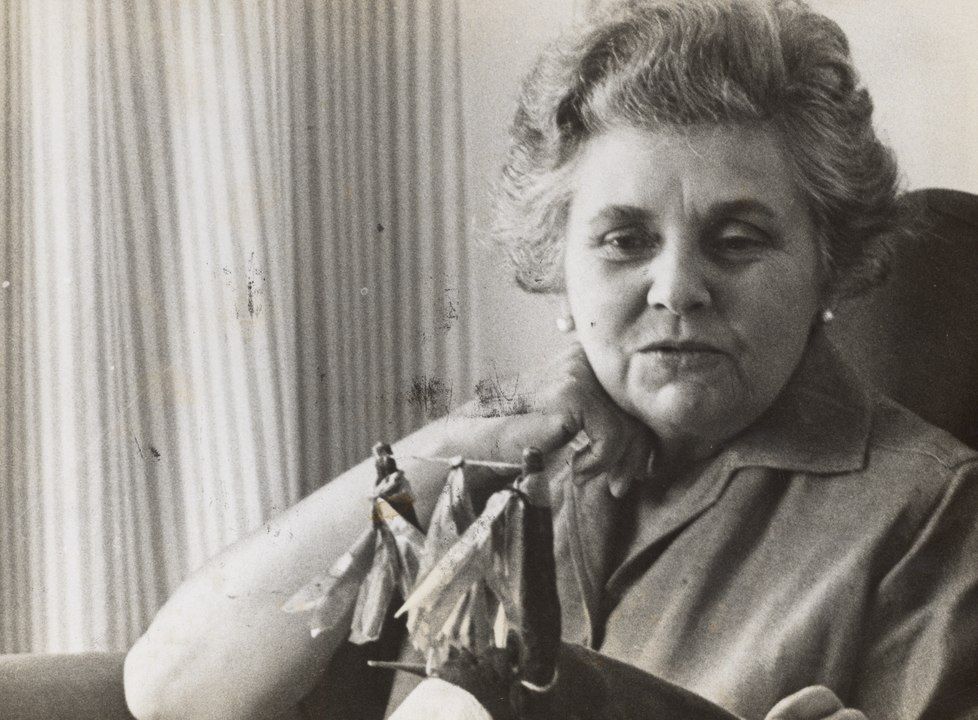
The art of losing isn’t hard to master;
so many things seem filled with the intent
to be lost that their loss is no disaster.
Lose something every day. Accept the fluster
of lost door keys, the hour badly spent.
The art of losing isn’t hard to master.
Then practice losing farther, losing faster:
places, and names, and where it was you meant
to travel. None of these will bring disaster.
I lost my mother’s watch. And look! my last, or
next-to-last, of three loved houses went.
The art of losing isn’t hard to master.
I lost two cities, lovely ones. And, vaster,
some realms I owned, two rivers, a continent.
I miss them, but it wasn’t a disaster.
—Even losing you (the joking voice, a gesture
I love) I shan’t have lied. It’s evident
the art of losing’s not too hard to master
though it may look like (Write it!) like disaster.
Condemned Site by Mona van Duyn

Peter, Tom, David, Jim and Howard are gone.
Down hallways, in long kept rooms, four others are in danger.
In Love's old boardinghouse the shades of five rooms are drawn.
At table their places are set, their tea-time kettle is on,
no space has been aired and emptied for the needy stranger,
though Peter, Tom, David, Jim and Howard are gone.
No one answers the ring of phone, the knocks from dusk to dawn
of Sorrow's cost-accountant, the would-be rearranger
of Love's old boardinghouse. The shades of five rooms are drawn
on the Heart's unlicensed embalming. Soon, fenced from the lawn,
only the watching world, privacy's dog-in-the-manager,
can say Peter, Tom, David, Jim and Howard are gone.
and even the world, turning, will glimpse them alive in a spawn
of unchanging images they tore from Time, the changer.
In Love's old boardinghouse the shades of five rooms are drawn,
but those rooms are bright and warm. Four other guests are in danger
in Love's old boardinghouse. The shades of five rooms are drawn
as if Peter, Tom, David, Jim and Howard were gone.
A house of shades is crumpled by Life, the great Stock Exchanger.
Read More
